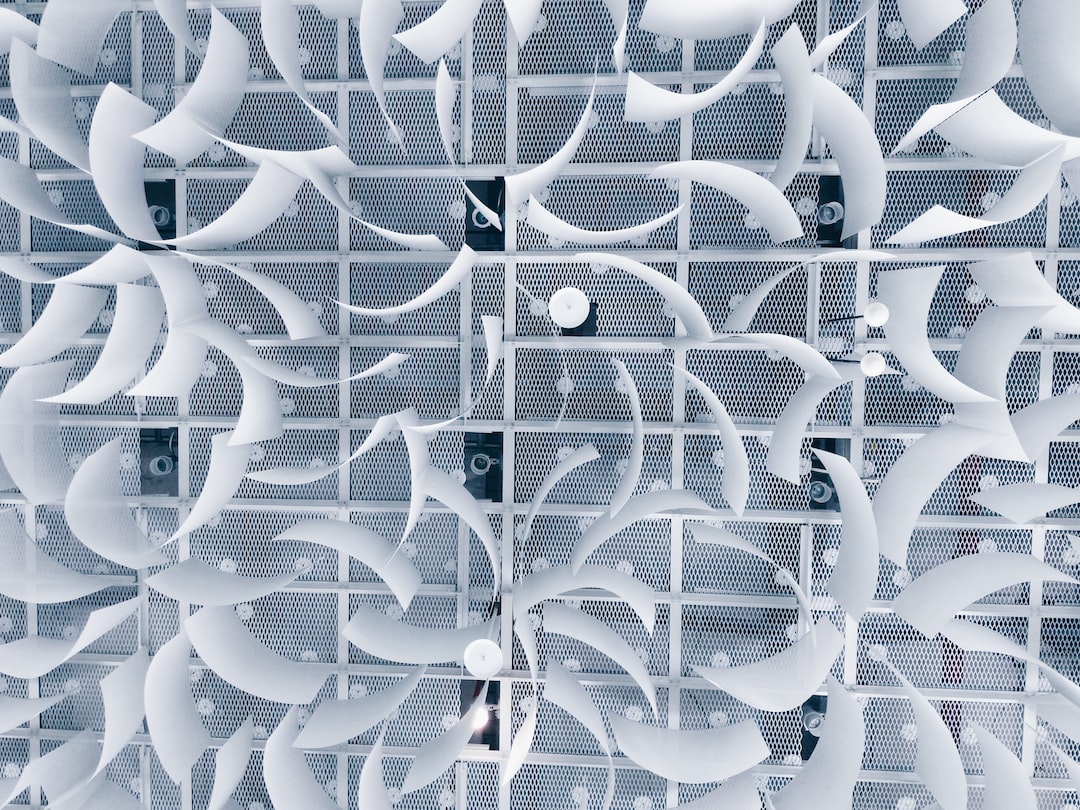The cultural impact of anime and manga on contemporary art
Anime and manga – two words that have transcended cultural boundaries and left an indelible mark on the world of contemporary art. Originating from Japan, these unique artistic mediums have spread like wildfire, captivating audiences across the globe with their bold storytelling, vibrant visuals, and distinctive aesthetic styles. Over the years, anime and manga have become more than just forms of entertainment; they have permeated into various aspects of contemporary art, influencing artists, shaping popular culture, and redefining the boundaries of artistic expression.
One cannot discuss the impact of anime and manga on contemporary art without acknowledging their transformative effect on visual aesthetics. Anime, with its colorful and expressive character designs, and manga, with its dynamic panel layouts, have inspired countless artists to experiment with new artistic techniques and incorporate them into their own works. The use of exaggerated proportions, vivid color palettes, and intricate details have become ubiquitous in contemporary art, breaking away from traditional artistic norms and injecting a sense of energetic dynamism into the art world.
In addition to their visual impact, anime and manga have also revolutionized storytelling techniques. With their diverse range of genres, from fantasy and science fiction to romance and slice of life, anime and manga have expanded the possibilities of narratives in contemporary art. Artists have drawn inspiration from the intricate character development, engaging plotlines, and multi-layered themes prevalent in these mediums, allowing their own creations to transcend mere visuals and delve into deeper emotional and philosophical realms.
The influence of anime and manga is not limited to the realm of fine art alone; it has profoundly impacted popular culture as well. Characters such as Naruto, Goku, and Sailor Moon have achieved iconic status, serving as cultural touchstones that transcends borders and attracting a massive fanbase. These characters have become symbols of resilience, determination, and bravery, resonating with audiences of all ages and backgrounds. The widespread appeal of anime and manga has led to the rise of conventions, cosplay, and fanart, further blurring the lines between art and fandom.
Moreover, anime and manga have provided a platform for marginalized voices to be heard. These mediums have given rise to diverse and inclusive narratives, tackling subjects such as identity, sexuality, and mental health, which were often silenced in traditional art. Characters like Hayao Miyazaki’s Chihiro (Spirited Away) and Tezuka Osamu’s Black Jack have challenged societal norms and offered nuanced perspectives on complex issues, empowering individuals to embrace their own identities and find solace in shared experiences.
The cultural impact of anime and manga extends far beyond Japan, with numerous artists from different countries embracing and incorporating these artistic influences into their own works. This cross-cultural exchange has created a rich tapestry of artistic collaborations, fusing traditional art styles with anime and manga elements. Artists such as Takashi Murakami and Yoshitomo Nara have gained international recognition, featuring their works in prestigious galleries and museums worldwide, igniting a new wave of interest in contemporary art with anime and manga-inspired pieces.
However, it is important to acknowledge that the cultural impact of anime and manga on contemporary art is not without its controversies. Critics argue that the dominance of these mediums has led to a homogenization of artistic styles and limited diversity within the art world. Some believe that the widespread popularity of anime and manga has overshadowed other traditional art forms, diluting their significance and stifling artistic innovation.
Nonetheless, one cannot deny the transformative influence of anime and manga on contemporary art. They have opened doors for unconventional narratives, pushed the boundaries of artistic expression, and sparked a global artistic movement built upon the foundation of these distinctive mediums. Anime and manga have evolved from mere forms of entertainment to becoming a powerful cultural force, reshaping the way we perceive art, storytelling, and popular culture. Their impact will continue to reverberate through the annals of contemporary art, leaving a lasting legacy for generations to come.

